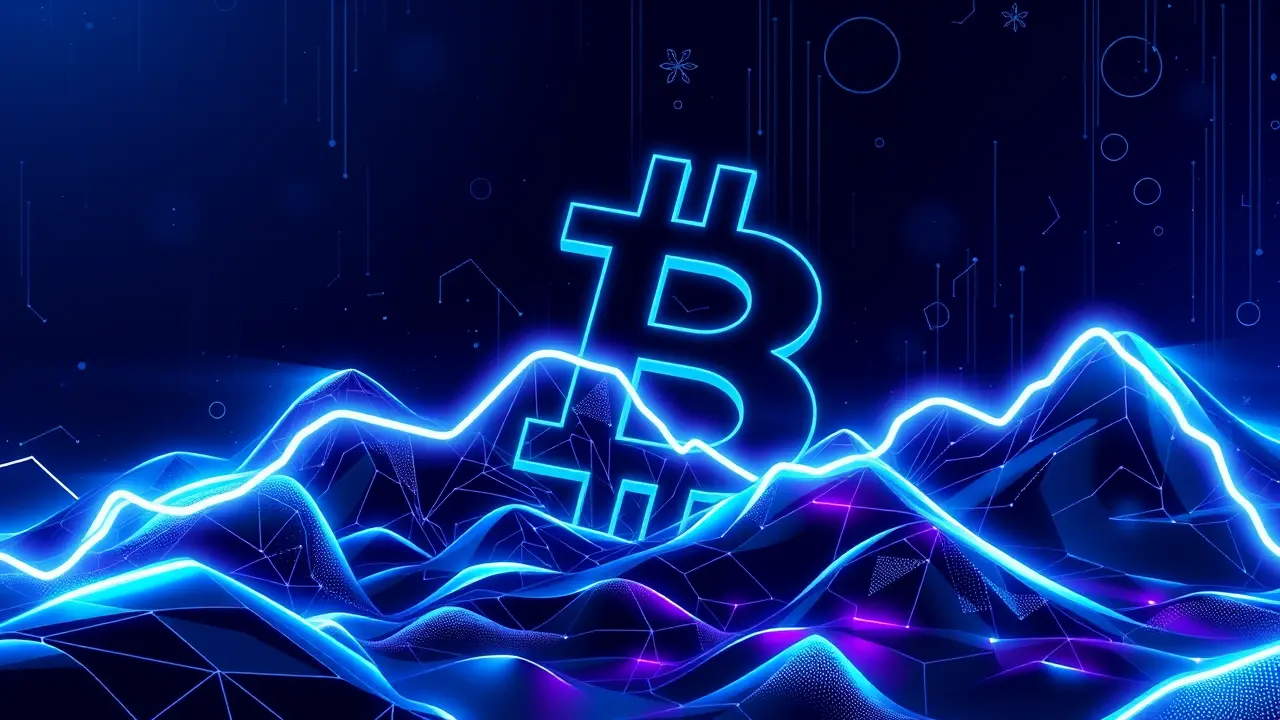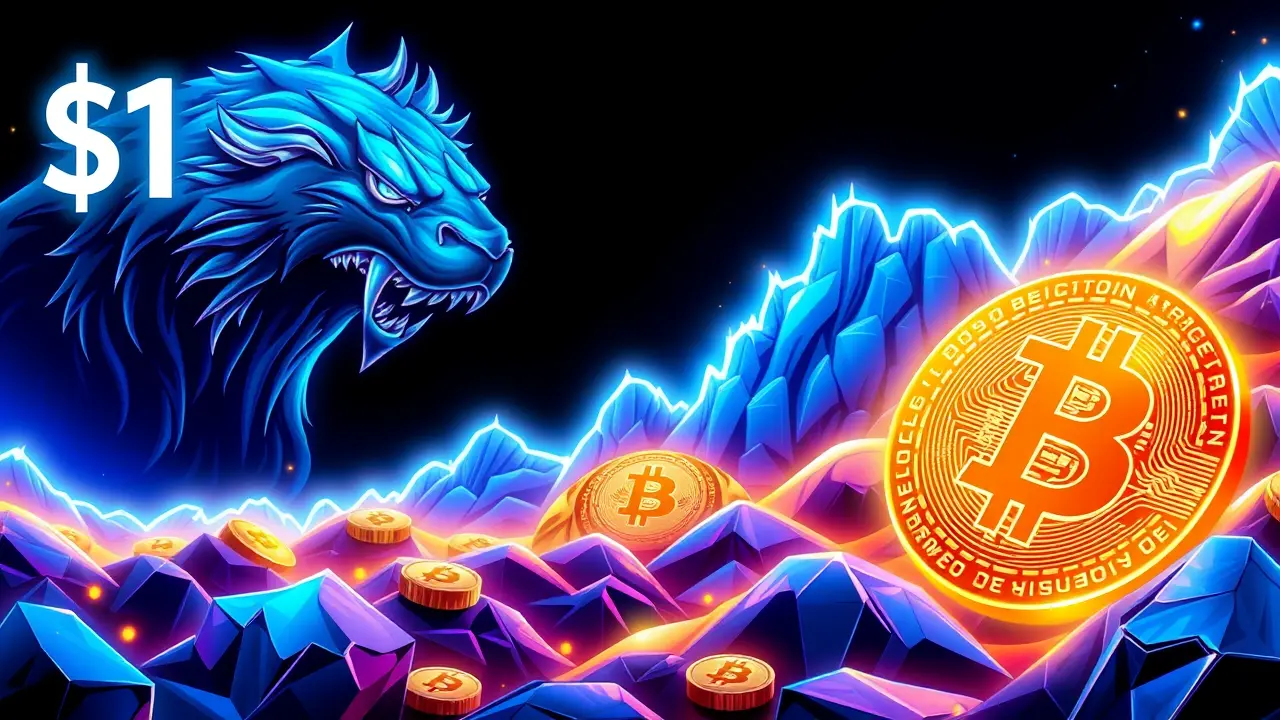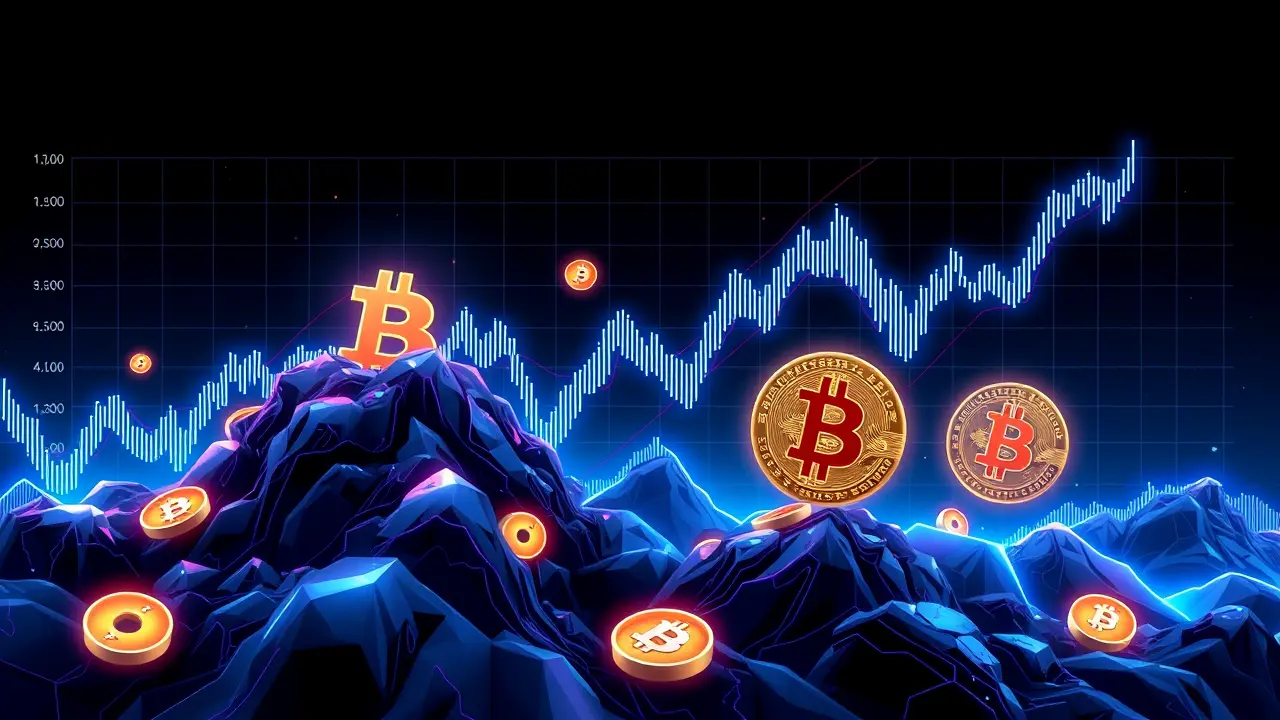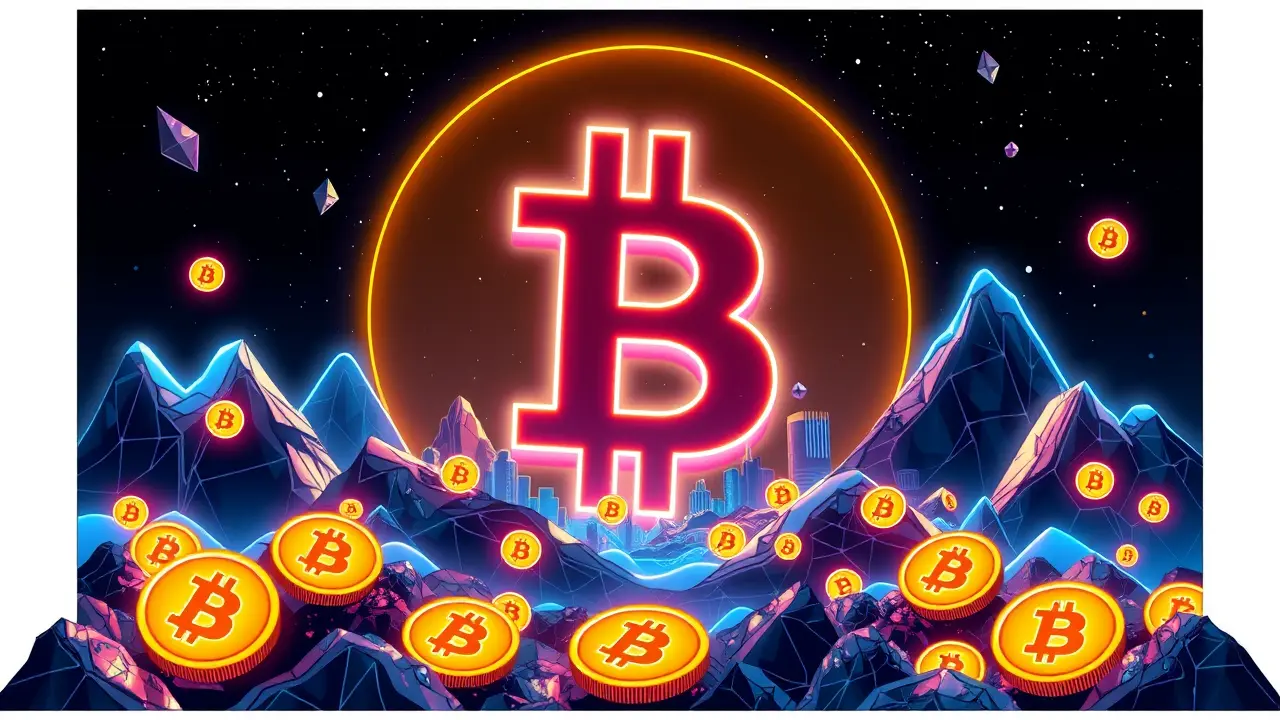
CryptoaltcoinsLayer-1 Projects
Flare TVL Nears Record High as Firelight Teases XRP Liquid Staking
AL
Alice Morgan
2 hours ago7 min read1 comments
The Flare network, a Layer 1 blockchain engineered specifically to bridge the historically isolated XRP ecosystem with the sprawling universe of decentralized finance, is once again capturing market attention as its Total Value Locked (TVL) approaches a record-setting zenith, a surge largely propelled by the imminent mainnet launch of the Firelight liquid staking protocol slated for the end of November. This isn't just a minor uptick in a metric; it's a validation of a core thesis that has driven Flare since its mainnet debut in July 2022—that interoperability and utility are the true keys to unlocking latent value in even the most established digital assets.Recall that Flare’s architecture, with its native interoperability protocols like the State Connector and the Flare Time Series Oracle, was conceived to give assets like XRP, which lacks a native smart contract environment, the ability to participate in DeFi applications for the very first time, a technological leap akin to giving a world-class athlete a whole new set of sports to dominate. The previous TVL peak of $208.9 million, hit on October 30th, wasn't an isolated event but part of a broader bullish narrative that included asset manager Teucrium's filing with the U. S.Securities and Exchange Commission for a potential Flare (FLR) token-based ETF, a move that signals growing institutional comfort and echoes the strategic groundwork that led to the landmark Bitcoin ETF approvals. The arrival of Firelight is a game-changer within this context; liquid staking is the foundational primitive that supercharged the Ethereum ecosystem, and its deployment on Flare represents a similar evolutionary step, allowing FLR token holders to stake their assets to secure the network while receiving a liquid derivative token (likely a staked FLR, or sFLR) that they can then deploy across Flare's burgeoning DeFi landscape—in lending protocols like TruFi, decentralized exchanges like FlareX, or as collateral for synthetic assets.This effectively solves the classic staking trilemma of security, liquidity, and yield, unlocking capital efficiency in a way that can create a powerful, self-reinforcing flywheel: more staking enhances network security, which boosts investor confidence, which attracts more capital and developers, which in turn creates more use cases for the liquid staking derivatives. From a macroeconomic perspective, this activity positions Flare not just as a competitor in the crowded Layer 1 space, but as a specialized conduit, with its success intrinsically tied to the health and sentiment of the broader XRP community.The United States remains a central player in this drama, both as the home of the regulatory body scrutinizing the related ETF and as a key market for the investors and developers driving this growth. The coming weeks will be critical; a successful Firelight launch could cement Flare's role as the indispensable DeFi home for XRP, while any stumbles could see capital quickly rotate to other emerging chains. Yet, the underlying technological proposition—finally enabling smart contract functionality for a multi-billion dollar asset—remains as compelling as ever, suggesting that this TVL surge may be less a peak and more the foundation of a new, higher plateau for the entire ecosystem.
#featured
#Flare Network
#Firelight
#XRP
#liquid staking
#TVL
#DeFi
#FLR token
Stay Informed. Act Smarter.
Get weekly highlights, major headlines, and expert insights — then put your knowledge to work in our live prediction markets.
Related News
Comments
Loading comments...
© 2025 Outpoll Service LTD. All rights reserved.




